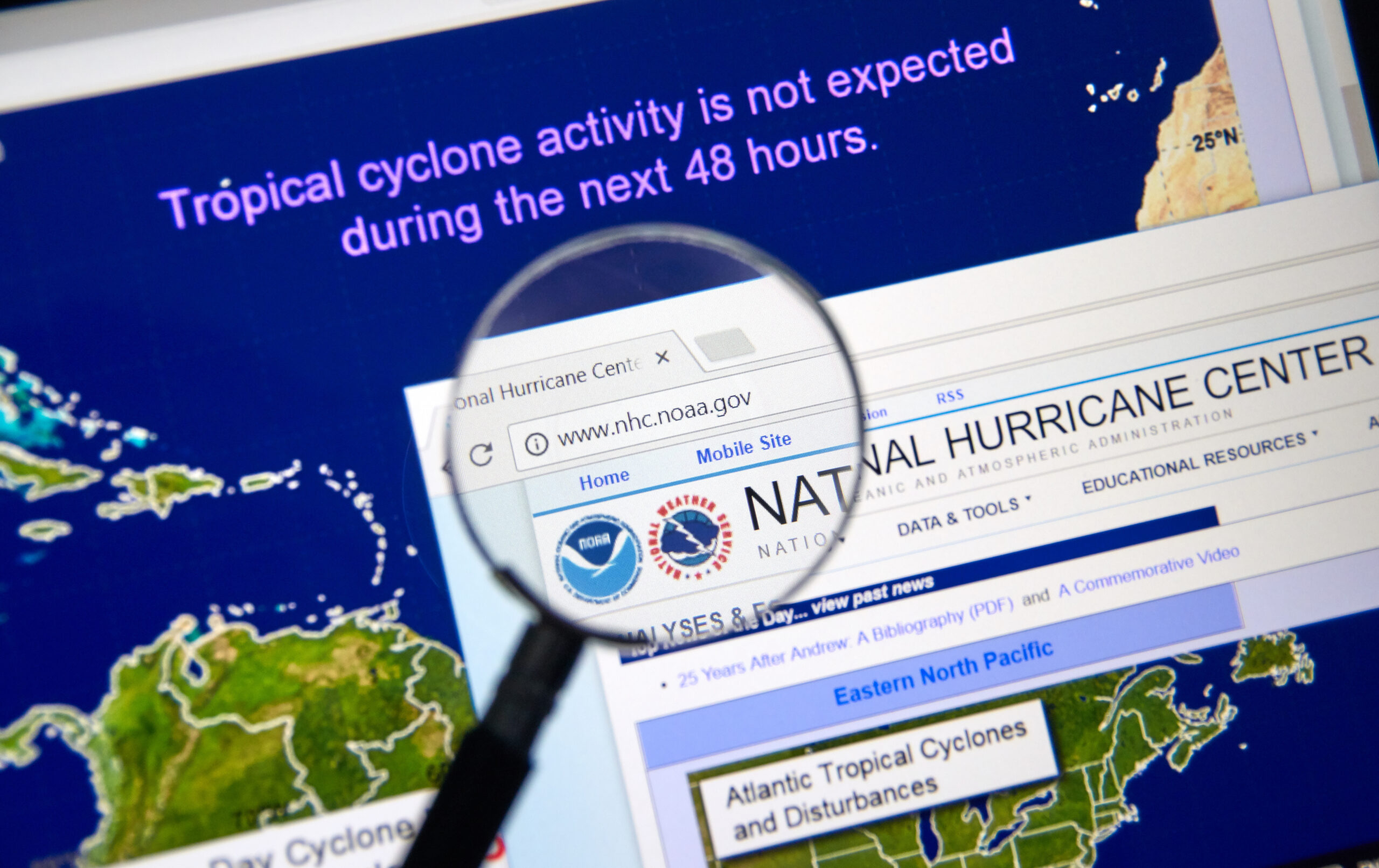Hurricane forecasts and alerts: What coastal residents need to know
Living on the coast offers picturesque views and unique lifestyle opportunities, but it also brings the challenge of dealing with hurricane season. Understanding the forecasts and alerts can make a significant difference in preparedness and safety. Below are helpful terminologies that both you and your family can use to navigate these potentially dangerous times with confidence.
Understanding the Different Storm Warnings
- Tropical Storm Watch: Indicates the possibility of tropical storm-force winds (39-73 mph) within the next 48 hours. It’s a call to review your hurricane plan and ensure your emergency supplies are stocked.
- Tropical Storm Warning: Sustained winds of at least 39 mph are expected within 36 hours. Secure your property and prepare for possible evacuation if you’re in a high-risk area.
- Hurricane Watch: Signals that hurricane-force winds (over 74 mph) could hit your area within 48 hours. Stay updated with official broadcasts and prepare to act swiftly.
- Hurricane Warning: Imminent hurricane-force winds within 36 hours mean you should seek shelter immediately and follow evacuation orders without delay.
Interpreting the Forecast
Hurricane forecast maps often feature a “cone of uncertainty” showing the most likely path of the storm’s center. However, the storm can veer off this path, and severe conditions may extend beyond the cone. Always consider the full range of potential impacts when preparing.
Understanding Hurricane Categories and Their Potential Impacts
The Saffir-Simpson Hurricane Wind Scale (SSHWS) categorizes hurricanes based on their sustained wind speeds. This provides a general idea of the potential damage a hurricane can cause:
- Category 1 (74-95 mph): Very dangerous winds will produce some damage. Potential for power outages and damage to mobile homes.
- Category 2 (96-110 mph): Extremely dangerous winds will cause extensive damage. Power outages will likely be widespread and long-lasting. Significant damage to roofing materials, siding, and trees.
- Category 3 (111-129 mph): Devastating damage will occur. Well-built framed homes may experience major roof and structural damage. Power outages may last for weeks or even months.
- Category 4 (130-156 mph): Catastrophic damage will occur. Even well-built homes may become uninhabitable. Power outages are expected to last for weeks or possibly months.
- Category 5 (over 157 mph): Catastrophic damage will occur. A high percentage of framed homes will be destroyed. Massive power outages are expected to last for weeks or months.
Staying Informed
- National Hurricane Center (NHC): The primary source for reliable hurricane forecasts and updates. Bookmark the NHC website for quick access to crucial updates.
- Local News Sources: These outlets provide local-specific information that is crucial for immediate planning and response. Additionally, following reputable meteorologists on social media can offer timely alerts and advice.
This post aims to equip you with the knowledge to understand alerts and forecasts effectively, enhancing your readiness for hurricane season. Always prioritize safety and adhere to local advisories during this unpredictable time.
See related articles:

